Table of content
Introduction
In the vast realm of culinary delights, there exist dishes that polarize opinions and push the boundaries of taste. Among these, fermented or “smelly” eggs hold a unique place, celebrated by some for their pungent aroma and rich flavor, while others might find them an acquired taste. Originating from various regions across Asia, particularly China and Southeast Asia, smelly eggs, also known as “stinky eggs” or “century eggs,” are a testament to the art of food preservation and fermentation. This guide delves into the traditional method of how to ferment smelly eggs at home, offering a fascinating glimpse into this age-old culinary practice.
Understanding the Process
Before diving into the specifics of how to ferment smelly eggs, it’s crucial to understand the basic principles behind the process. Fermentation is a biological process involving microorganisms like bacteria or fungi that convert carbohydrates into alcohols, acids, or gases under anaerobic conditions. In the case of smelly eggs, the fermentation process alters the chemical composition of the egg whites and yolks, resulting in their unique texture and aroma.
The traditional method of fermenting eggs involves immersing them in a mixture of alkaline substances such as ash, lime, or a salt-alkali solution. This alkaline environment creates an ideal condition for specific bacteria to thrive, leading to the decomposition of proteins and fats within the eggs. Over time, this decomposition produces sulfur compounds and other volatile chemicals that give smelly eggs their characteristic odor.
Preparing the Ingredients
To begin the fermentation process, you’ll need a few essential ingredients:
-
Fresh Eggs: Choose eggs that are preferably farm-fresh and free of cracks or blemishes. The quality of the eggs will directly impact the final texture and flavor of your fermented eggs.
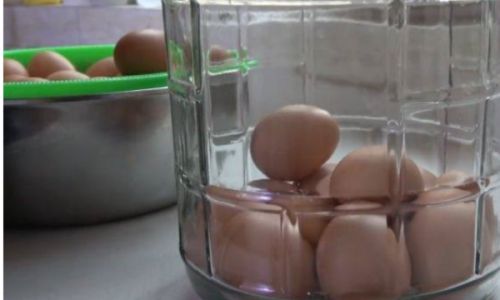
-
Alkaline Solution: This can be prepared using a combination of salt, water, and either wood ash or baking soda. The exact ratio can vary, but a common recipe involves mixing approximately 1 cup of salt with 4 cups of water and a handful of wood ash or 2 tablespoons of baking soda.
-
Container: A glass jar or ceramic crock with a tight-fitting lid is ideal. Avoid using metal containers as the alkaline solution can react with the metal.
-
Cloth or Paper Towel: For wrapping the eggs before placing them in the solution.
Steps to Ferment Smelly Eggs
Step 1: Cleaning and Preparation
Begin by gently cleaning the eggs with a soft cloth to remove any dirt or debris. Do not wash them with soap, as this could remove the natural protective coating on the shell. Allow the eggs to air-dry completely.
Step 2: Preparing the Alkaline Solution
Mix the salt, water, and alkaline agent (wood ash or baking soda) in a large bowl until fully dissolved. The solution should have a pH level that is alkaline, which you can roughly check by tasting it (it should taste bitter and not salty). Be cautious when tasting, as excessive consumption of alkaline substances can be harmful.
Step 3: Wrapping the Eggs
Wrap each egg individually in a clean cloth or paper towel. This step is crucial as it prevents the shell from cracking directly in the alkaline solution, which could cause the eggs to break apart during fermentation.
Step 4: Submerging the Eggs
Carefully place the wrapped eggs into the prepared alkaline solution in your container. Ensure they are fully submerged. Use a weight, like a small plate, to keep the eggs from floating to the surface.
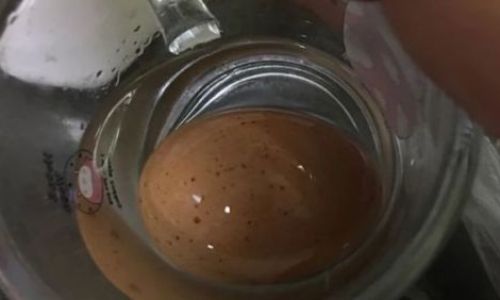
Step 5: Sealing and Storing
Cover the container with its lid and place it in a cool, dark location. Temperatures between 68-77°F (20-25°C) are ideal for fermentation. Avoid exposing the eggs to direct sunlight or extreme temperatures, which could disrupt the fermentation process.
Step 6: Monitoring the Fermentation
The fermentation period can vary depending on the desired level of “stinkiness” and the environmental conditions. Generally, it ranges from 2 to 4 weeks. During this time, periodically check the eggs for any signs of mold or unusual odors. If mold appears on the outer wrapping, it’s usually harmless and can be removed before consuming the egg. However, if the mold penetrates the shell, discard the egg.
Step 7: Harvesting and Serving
After the desired fermentation period, carefully remove the eggs from the solution and rinse them thoroughly under cold running water to remove any residual alkaline solution. Peel the eggs and inspect them for any signs of spoilage. Properly fermented eggs will have a dark, translucent appearance with a soft, creamy yolk and a slightly rubbery white.
Serving smelly eggs can be an adventure. They are often enjoyed as part of a larger dish, such as porridge, stir-fries, or rice porridge, where their strong flavor can be balanced by other ingredients. Some people also enjoy them on their own, appreciating the complexity of their taste.
Conclusion
Fermenting smelly eggs is not just a culinary endeavor but a journey into the depths of food culture and tradition. It requires patience, attention to detail, and a willingness to embrace flavors that are unconventional by Western standards. By following the steps outlined in this guide, you can create your own batch of fermented eggs, experiencing the unique pleasure of this ancient food preservation technique. Remember, the key to success lies in the balance of ingredients, proper storage conditions, and a willingness to let time do its magic. Happy fermenting!

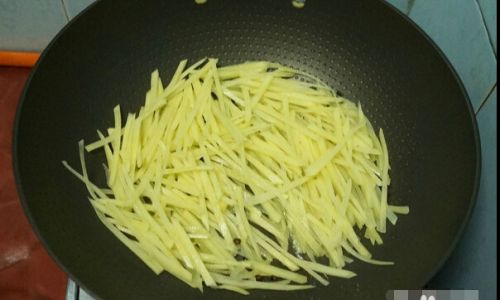


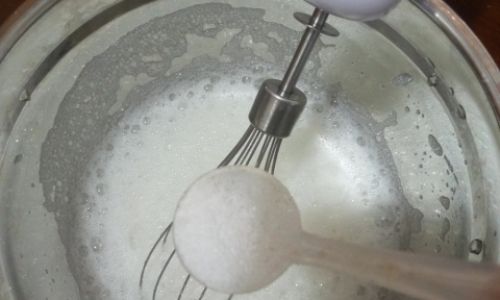
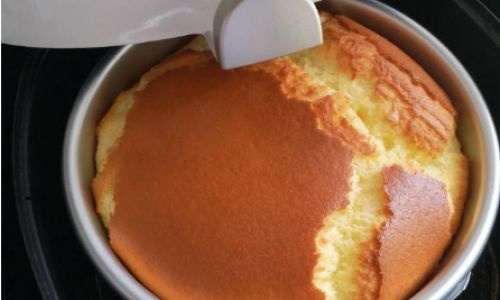
0 comments